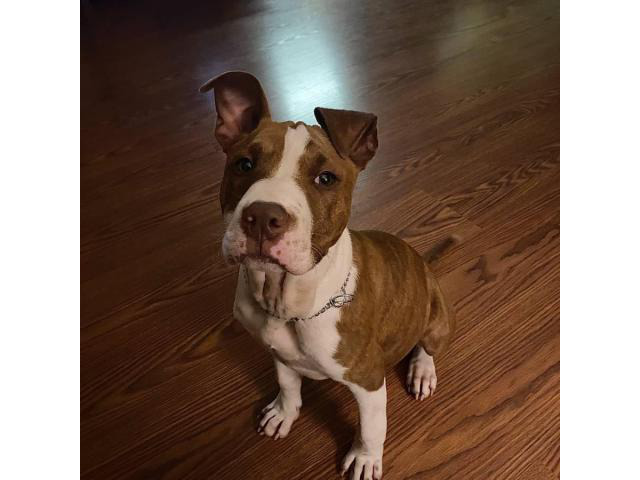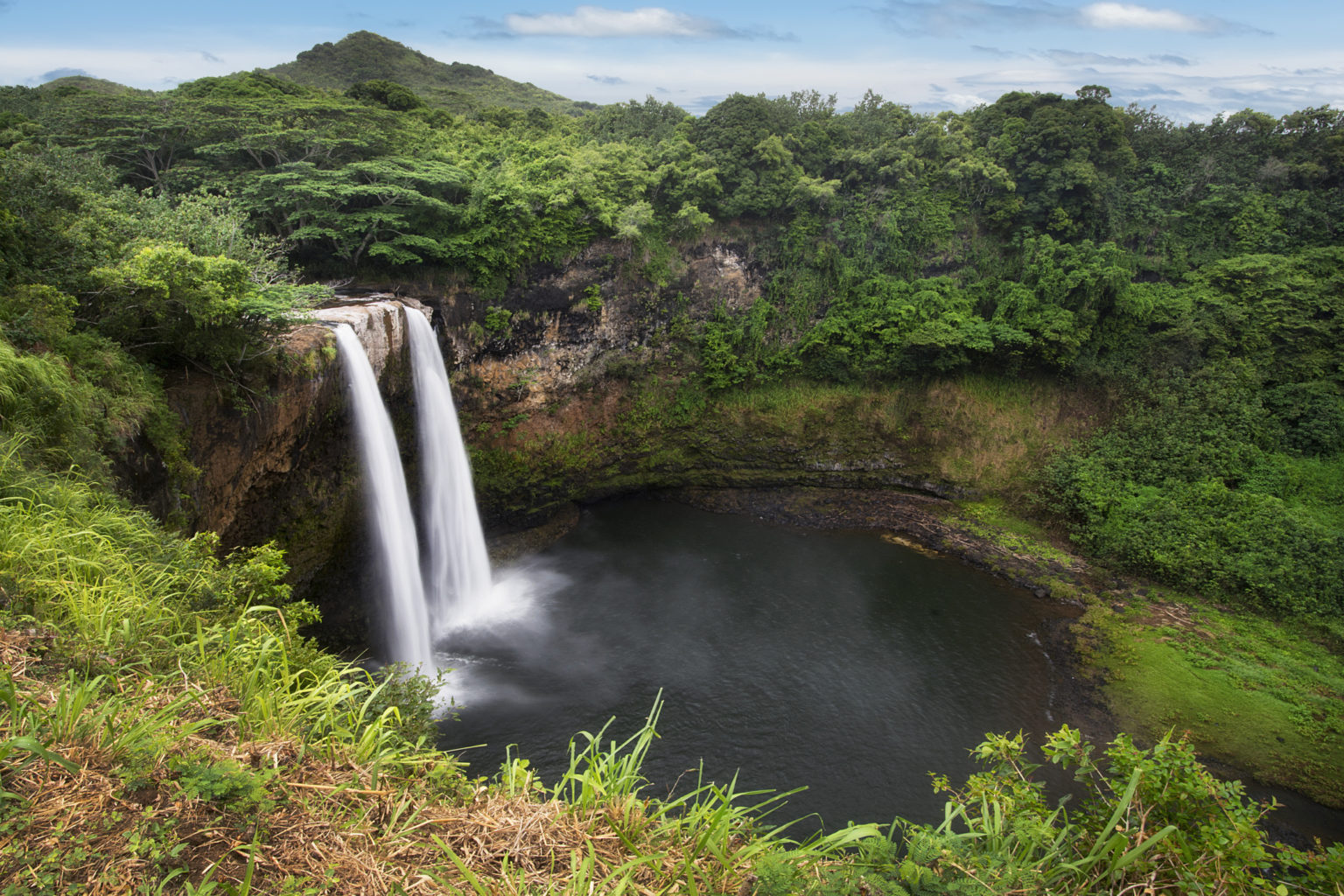

It had no windows, and it was the duty of two chiefs to guard the iron-locked koa door day and night. The mausoleum was a small house made of coral blocks with a thatched roof.

The idea was heavily influenced by the tombs at Westminster Abbey during Kamehameha II's trip to London. Years after 1825, the first Western-style royal tomb was constructed for the bodies of King Kamehameha II and his queen Kamāmalu. Pohukaina was a sacred burial site for the aliʻi (ruling class). According to oral history, Hanailoia was the former site of a destroyed heiau called Kaʻahaimauli. Next to Kekāuluohi and Kanaʻina's home was an old estate that had been demolished called Hanailoia. Ship Vincennes: during the years 18, Charles Samuel Stewart describes the area and homes in detail. In his book, A visit to the South Seas, in the U.S. Four matching cabinet-bookshelves with glass doors were set in each corner of the room with silk scarves hanging from each. In the middle they placed a semi circle of armchairs with a center table where the couple would write. In the front was a lounge area opposite a sideboard and mirror. The house had two rooms separated by a festooned tent door of chintz fabric and was carpeted with hand crafted makaloa mats. The sitting and sleeping area had a folding door entrance of green painted wood under glass upper panels. Kekāuluohi and Kanaʻina's original home was similar to that of the other estates in the neighborhood consisting of small buildings used for different purposes. Another chief, Keoni Ana, lived in Kīnaʻu Hale (which was later converted into the residence of the royal chamberlain), all members of the House of Kamehameha. Kekūanāoʻa, a chief who served as Governor of Oʻahu, also had his home, called Haliimaile, just west of Kekauluohi's home. She lived there with her husband Charles Kanaina.

The land belonged to Kekauluohi, who later served as Kuhina Nui. It is believed to be the name of a chief (sometimes spelled Pahukaina) who according to legend chose a cave in Kanehoalani in the Koʻolau Range for his resting place. In the early 19th century, the site of ʻIolani Palace was near an ancient burial site was known as Pohukaina. Pohukaina with the Royal Tomb to the left, Hale Aliʻi directly behind with the two-story home of Kana'ina and Kekauluohi to the far right, where Lunalilo was born ʻIolani Palace is the only royal palace on US soil. The palace was restored and opened to the public as a museum in 1978. After the monarchy was overthrown in 1893, the building was used as the capitol building for the Provisional Government, Republic, Territory, and State of Hawaiʻi until 1969. It is now a National Historic Landmark listed on the National Register of Historic Places. It is located in the capitol district of downtown Honolulu in the U.S. The ʻIolani Palace ( Hawaiian: Hale Aliʻi ʻIolani) was the royal residence of the rulers of the Kingdom of Hawaii beginning with Kamehameha III under the Kamehameha Dynasty (1845) and ending with Queen Liliʻuokalani (1893) under the Kalākaua Dynasty, founded by her brother, King David Kalākaua. Hawaii Capital Historic District ( ID78001020)


 0 kommentar(er)
0 kommentar(er)
